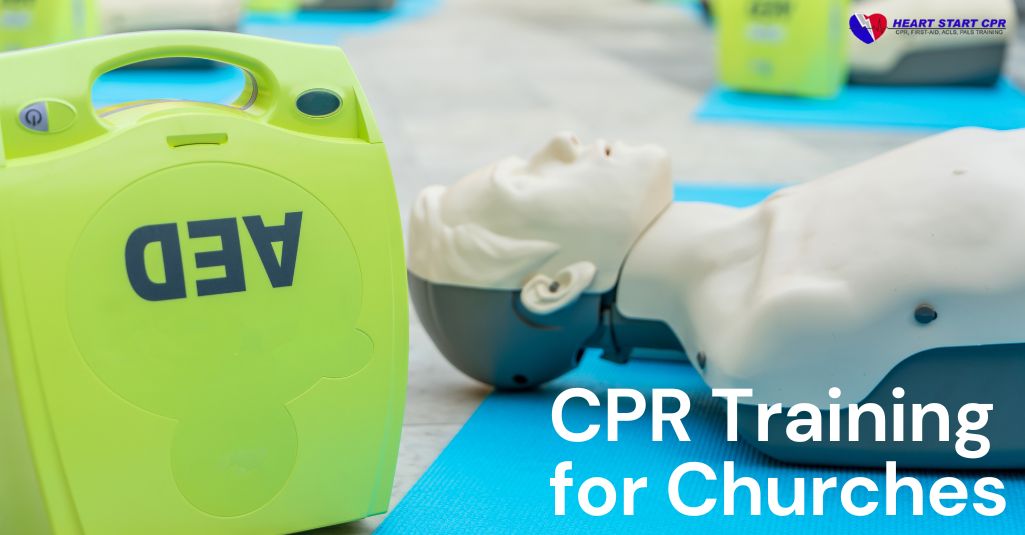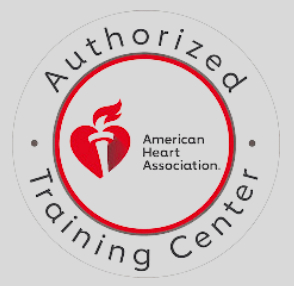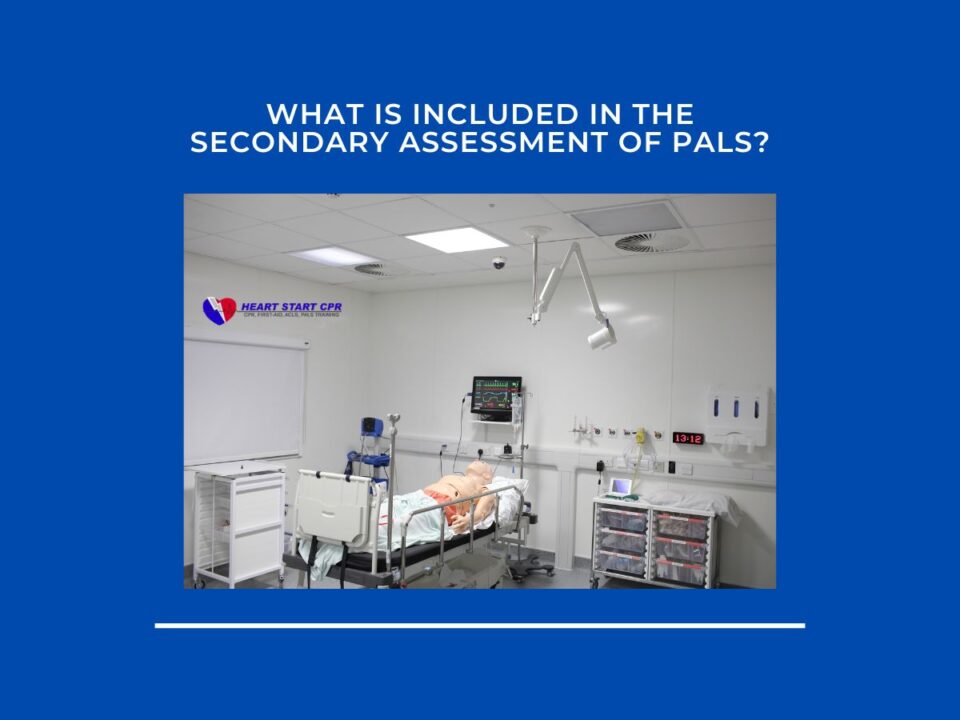
How Do I Get My PALS Certification: A Step-By-Step Guide
March 12, 2023
CPR Training for Churches
March 22, 2023Construction workers are exposed to various hazards on the job, including falls, electrical shock, and machinery accidents, which can result in injuries and medical emergencies. According to OSHA, the construction industry has the highest worker fatalities, around 17.6%. Therefore, construction workers must receive appropriate first aid and CPR training to respond effectively to emergencies.
Why CPR and First AID Training is Important for Construction Workers?
The importance of CPR and First Aid training for construction workers is enormous as they need to work in hazardous situations where the chance of an accident is high. The CPR training can provide construction workers with the ability to help during emergencies, eventually saving the life of a coworker. Construction first aid training covers assessing injuries, wound care, and responding to various medical emergencies common to construction sites.
By prioritizing construction first aid and CPR training, employers can ensure that their workers have the necessary skills to respond effectively to emergencies and prevent workplace accidents and fatalities. Construction workers should be trained in CPR to respond to cardiac arrest or other medical emergencies that may occur on the job. CPR involves chest compressions and rescue breathing to restore circulation and oxygenation to the body. Providing CPR to a victim increases the chances of survival until professional medical help arrives.
First aid and CPR training are critical for construction workers to ensure workplace safety and emergency response. Certifications for construction workers are available to demonstrate their proficiency in first aid and CPR. OSHA regulations mandate that employers provide first aid and CPR training to workers in specific industries, including construction.
OSHA Regulations and Guidelines for CPR Training in Construction
The Occupational Safety and Health Administration (OSHA) has established regulations and guidelines to ensure that workers in the construction industry receive adequate training and certification in CPR and first aid. These regulations and policies are designed to promote workplace safety and emergency response.
OSHA regulations require employers to provide first aid and CPR training to workers in specific industries, including construction. Construction workers must receive CPR and first aid training within a reasonable time after their initial hiring date and at least every two years after that. Employers must ensure that the movement is conducted by qualified instructors and covers the appropriate topics, including assessing injuries, wound care, and CPR techniques.
OSHA regulations also require employers to maintain a sufficient number of trained first aid responders on construction sites. The number of responders needed depends on the size and location of the construction site, as well as the potential hazards present. Employers must also ensure that AEDs are readily available on construction sites and that workers are trained in their use. AEDs must be maintained and tested regularly to ensure they are in good working order.
Penalties for non-compliance with OSHA regulations
Employers who fail to provide adequate first aid and CPR training to workers can face penalties of up to $13,653 per violation. Repeat or willful violations can result in fines of up to $136,532 per violation.
OSHA regulations and guidelines mandate that employers provide CPR and first aid training to workers in the construction industry. Workers must receive training within a reasonable time after their initial hiring date and at least every two years after that. Employers must also ensure that sufficiently trained first aid responders are present on construction sites and that AEDs are readily available and maintained adequately. Failure to follow these rules and regulations can get you heavy fines and penalties from OSHA.
Challenges and Best practices for CPR Training
CPR Training for construction workers can face many challenges, including training schedule, Language, and cultural barriers. Overcoming Language and cultural obstacles can be one of the significant challenges during CPR Training. As we all know, effective communication is crucial during times of emergencies. Failing so can hinder the proper execution of CPR. Employers can offer CPR training in multiple languages or provide translation services to address this problem.
Ensuring the ongoing CPR training and certification is also another major challenge faced during CPR training for construction workers. Workers are often busy in the construction industry, so scheduling the time can be a significant challenge you can meet. Best practices include preparing regular training sessions, providing online training options, and incentivizing workers to maintain CPR certification.
Technology can play a more significant role in enhancing CPR training for construction workers if they have to take the CPR training online. Virtual reality simulations and interactive training modules can help workers learn and practice CPR skills in a safe and controlled environment. Mobile apps can also provide real-time guidance during emergencies, including step-by-step instructions for CPR and a proper way to use an AED.
Conclusion
In conclusion, Workplace CPR training is critical for ensuring workplace safety and emergency response on construction sites. Employers and workers must prioritize CPR training and emergency preparedness in the workplace. Overcoming Language and cultural barriers, ensuring ongoing training and certification, and utilizing technology are best practices for practical CPR training in construction sites. By prioritizing CPR training and emergency preparedness, construction workers can prevent fatalities and injuries and save lives.
Choosing the suitable CPR Construction Course
Heart Start CPR offers comprehensive AED and CPR Training for Construction workers. The training instills the workers with the necessary life-saving techniques to act during cardiac arrest at construction sites. Our training is accredited by American Heart Association (AHA) and nationally accepted. Besides, the course is developed by AHA-certified instructors, and they are easy to understand and flexible. Following the steps below, you can get CPR certified:
- Look for a reputed AHA Training Center
- Choose the right CPR course for you
- Register and Enroll in CPR Training Course
- Take the CPR certification Test
- Pass and get CPR Certified
Book On-site CPR Training at Heart Start CPR
No time for Classroom CPR classes? Don’t worry; Heart Start CPR offers on-site CPR training for construction workers at your site. Call us at (877) 846-8277 to book the training, or email us at info@heartstartcpr.net to manage the training schedule.






